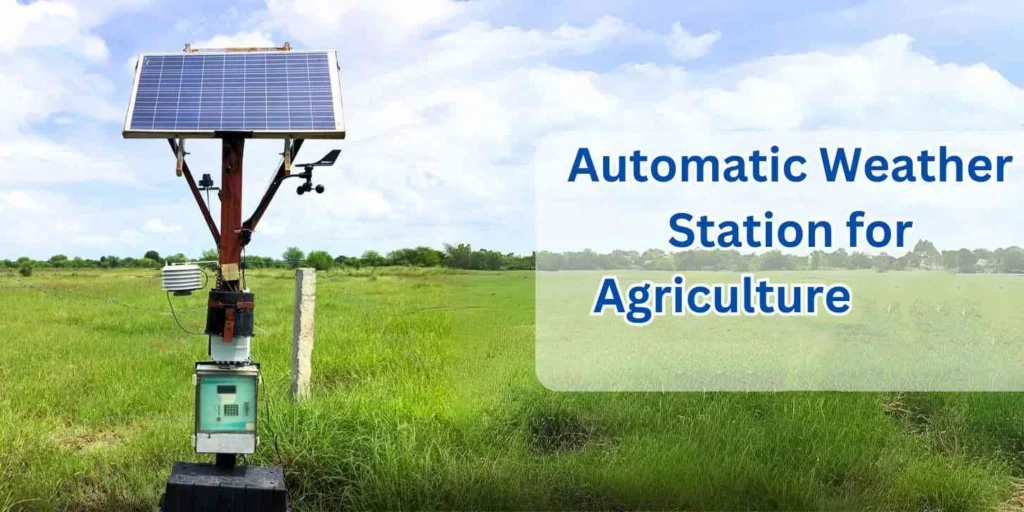
Understanding the Functionality of Automatic Weather Stations

# Understanding the Functionality of Automatic Weather Stations
Automatic Weather Stations (AWS) are advanced systems designed to collect and record meteorological data without the need for constant human intervention. These stations are widely used in various fields, including agriculture, aviation, and environmental monitoring, to provide accurate and timely weather information.
## What is an Automatic Weather Station?
An Automatic Weather Station is a standalone device equipped with sensors that measure various atmospheric parameters such as temperature, humidity, wind speed, wind direction, rainfall, and atmospheric pressure. The data collected by these sensors is processed and transmitted to a central database or directly to users in real-time.
### Key Components of an AWS
An AWS typically consists of several key components:
– **Sensors**: These are the primary tools for measuring weather parameters. Common sensors include thermometers for temperature, hygrometers for humidity, anemometers for wind speed, and barometers for atmospheric pressure.
– **Data Logger**: This component records the data collected by the sensors. It stores the information and can transmit it to a central system or cloud-based platform.
– **Power Supply**: AWS units are often powered by solar panels or batteries, ensuring continuous operation even in remote locations.
– **Communication Module**: This module allows the AWS to send data to users or central systems via various communication methods such as GSM, satellite, or radio.
## How Does an AWS Work?
The functionality of an Automatic Weather Station can be broken down into several steps:
1. **Data Collection**: Sensors continuously monitor and measure atmospheric conditions.
2. **Data Processing**: The data logger processes the raw data from the sensors, converting it into a usable format.
3. **Data Transmission**: The processed data is transmitted to a central database or directly to users via the communication module.
4. **Data Analysis**: The collected data is analyzed to provide insights into current weather conditions and trends.
### Applications of AWS
Automatic Weather Stations have a wide range of applications:
– **Agriculture**: Farmers use AWS data to make informed decisions about planting, irrigation, and harvesting.
– **Aviation**: Airports rely on AWS for real-time weather updates to ensure safe takeoffs and landings.
– **Environmental Monitoring**: AWS helps in tracking climate change and monitoring environmental conditions in remote areas.
– **Disaster Management**: Accurate weather data from AWS can aid in predicting and managing natural disasters such as hurricanes and floods.
## Benefits of Using AWS
The use of Automatic Weather Stations offers several advantages:
– **Accuracy**: AWS provides precise and reliable weather data, reducing the risk of human error.
– **Efficiency**: Automated systems save time and resources by eliminating the need for manual data collection.
– **Real-Time Data**: Users can access up-to-date weather information, enabling quick decision-making.
– **Remote Monitoring**: AWS can be deployed in remote or inaccessible areas, providing valuable data where traditional methods are impractical.
## Conclusion
Automatic Weather Stations are indispensable tools in modern meteorology and various other fields. By automating the collection and transmission of weather data, AWS enhances our ability to monitor and respond to atmospheric conditions effectively. Whether for agricultural planning, aviation safety, or environmental research, the functionality of AWS plays a crucial role in our daily lives and long-term sustainability efforts.
Keyword: what is automatic weather station
Categories: News